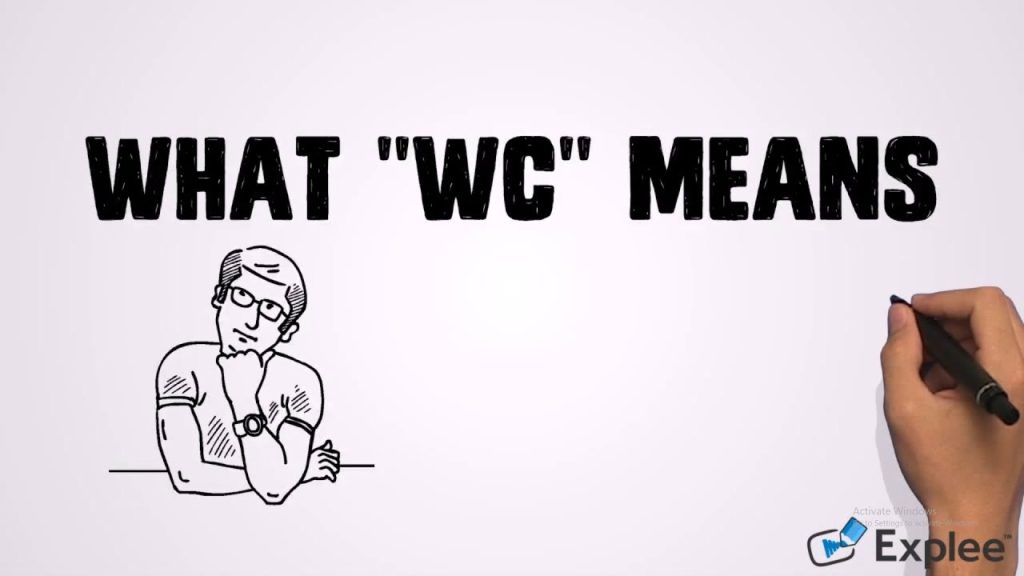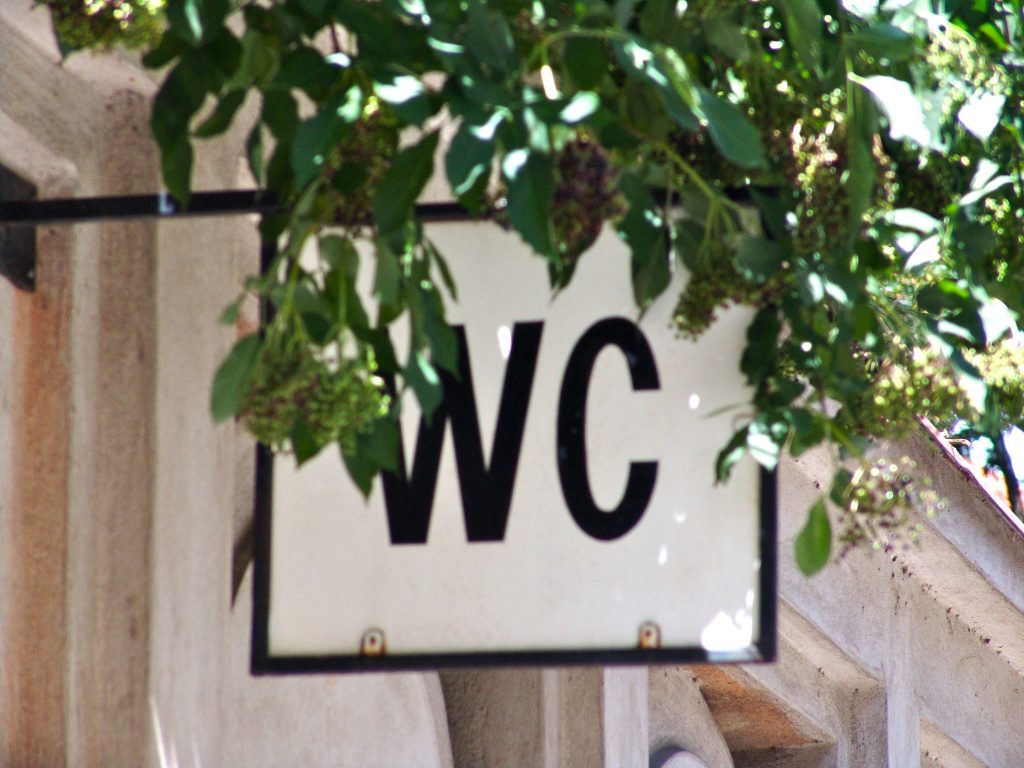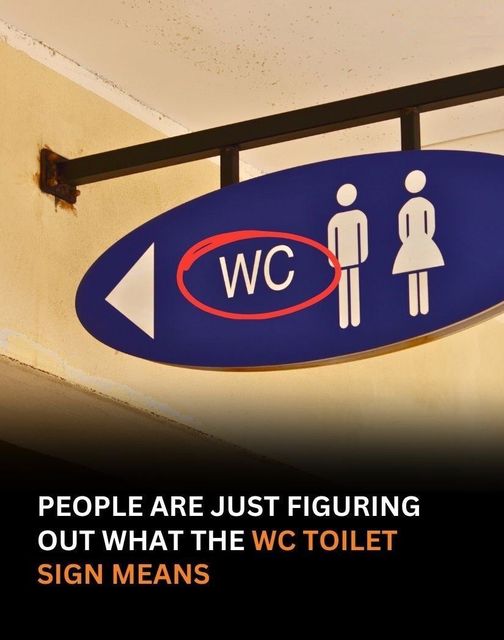Have you ever encountered the letters “WC” on the door of a public restroom and wondered what they stand for? If so, you’re not alone. Around the globe, people encounter this label and are left scratching their heads. While we’ll explain the meaning of WC, it may still leave you questioning its logic, much like other restroom-related terms such as “bathroom,” “restroom,” or “loo.”
The Mystery Behind the WC
The term “WC” stands for water closet, a somewhat dated phrase that refers to a small room containing a toilet. Despite its age, WC remains a common label in public spaces like airports, hotels, and restaurants, particularly in places catering to international travelers. But why a “water closet”? And why not just call it a restroom or bathroom?
To add to the confusion, different countries have their own preferred terminology for the same space. For instance, Canadians frequently use “washroom,” while Americans opt for “restroom” or “bathroom.” This difference sparked a humorous debate in 2020, thanks to a TikTok video by Shelby and Dylan.

In the video, Dylan humorously questions the logic behind calling it a “washroom,” wondering aloud, “What are they washing in there?” Shelby counters by pointing out that “restroom” doesn’t make much sense either—after all, no one is resting in there. The playful banter resonated with viewers, who flooded the comments with their own preferences for naming this essential room.
The Origins of the Water Closet
The term “water closet” originates from the late 19th century when indoor plumbing was a relatively new concept. Before this, most people relied on outdoor facilities like outhouses for their sanitary needs, while “bathrooms” were used exclusively for bathing. When the water closet was introduced in the 1890s, it referred to a small, enclosed room with a flushing toilet—separate from bathing areas.
By the early 20th century, modern bathrooms began combining toilets, sinks, and bathtubs in a single space for practicality. However, the term “water closet” stuck around, particularly in Europe, as a formal way to refer to a toilet room. Over time, WC became a universal abbreviation for public signage, often seen in places frequented by international travelers.
International Interpretations and Confusions
The WC’s meaning and usage vary across the world, often leading to humorous misunderstandings. For example:
A Redditor once questioned, “Why is a public WC called a bathroom if there’s no bath?”
Another user pointed out that Americans might similarly wonder, “Why is it called a WC if it’s not even a closet?”
In Canada, the term “washroom” is common, while Americans favor “bathroom” or “restroom.”
In Russia, it’s humorously referred to as “a room without windows,” even if a window is present.
Esperanto uses the term necesejo, meaning “necessary place.”
Such discussions highlight how cultural and linguistic differences influence how we name and perceive the same space.
Modern-Day Use of WC
While WC is less commonly used in North America, it remains a standard label in European countries and international venues. Its formal tone makes it suitable for public spaces where straightforward communication is essential. Despite its simplicity, the term often prompts questions from those unfamiliar with its origins, adding a touch of intrigue to an otherwise mundane necessity.

What Do You Call It?
Whether you call it a bathroom, restroom, washroom, toilet, loo, or WC, this essential space goes by many names worldwide. Each term reflects cultural norms and linguistic quirks, offering a fascinating glimpse into how language evolves around everyday needs.
Now it’s your turn—what do you call the room with the porcelain throne? Share your thoughts, and don’t forget to pass this story along to hear what others think about the curious case of the WC!

















